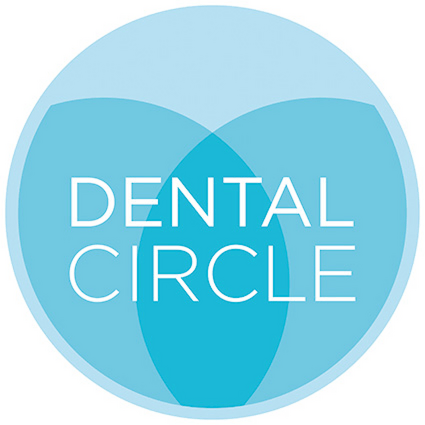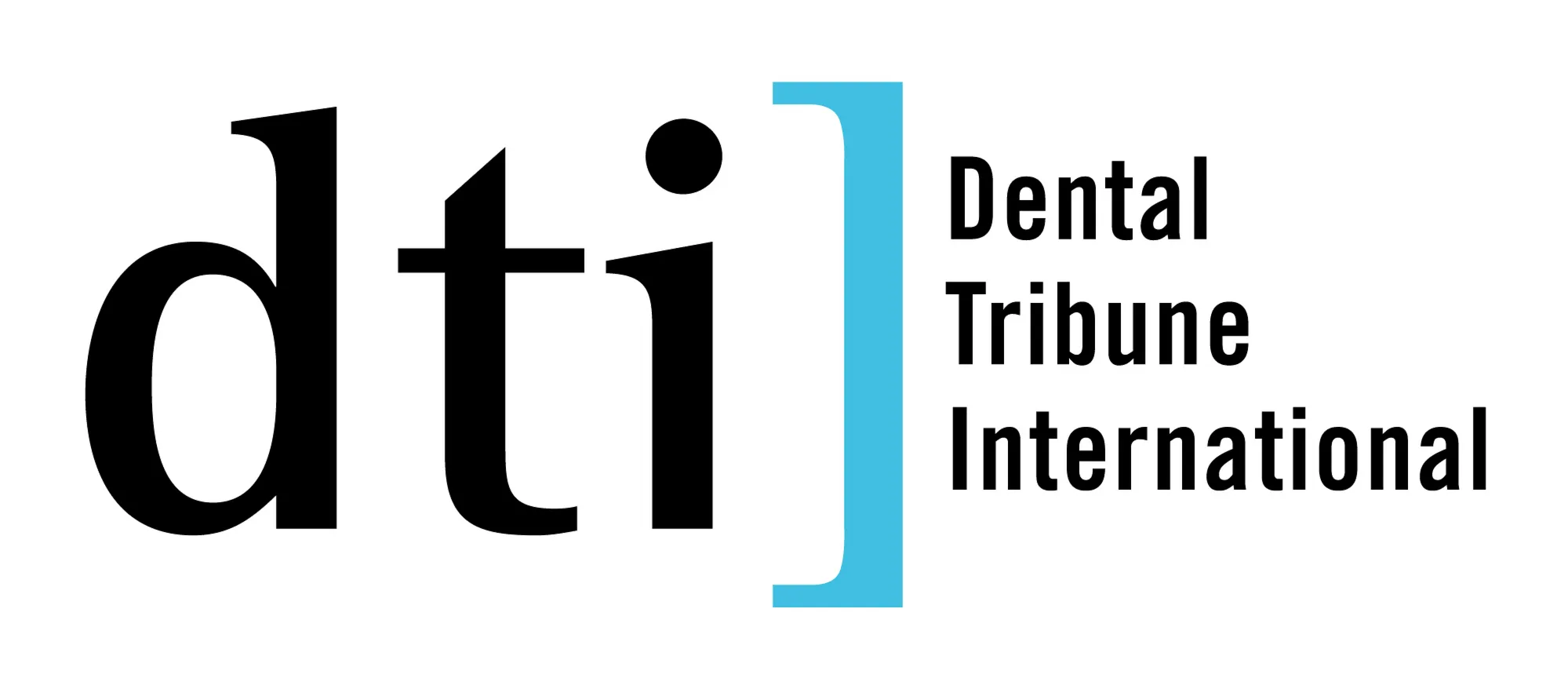Optimizing 3-D implant placement in accordance with biological principles: a new approach for peri-implant marginal bone stability.
16 May 2025
The Dentistry Hub
C

Learning Content
The stability of marginal bone levels has been regarded as one of the main factors to evaluate long-term efficacy of implant therapy.
Implants with a significant early marginal bone loss (eMBL) during the first year of function showed a higher probability of future peri-implantitis.
Preventing and minimizing eMBL during implant therapy may significantly reduce the risk of peri-implantitis development.
- Early marginal bone loss may be influenced by surgical-related (overheating, cortical compression, insufficient bone width, wrong 3-D position), prosthetic-related (type of implant/abutment connection, presence of micro-gap, abutment disconnections, cement remnants, emergence angle, prosthetic abutment height) and host-related (history of periodontitis, smoking, mucosal thickness) factors
Aims
Biological width around implants was recently renamed Supracrestal Tissue Height (STH). STH formation is a principal factor influencing peri-implant marginal bone adaptation processes prior to prosthesis delivery. Mucosal thickness is a significant influencing factor on eMBL only in the initial phase. Other factors become more important than mucosal thickness over time












































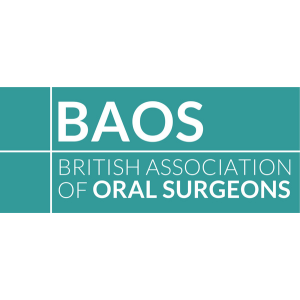






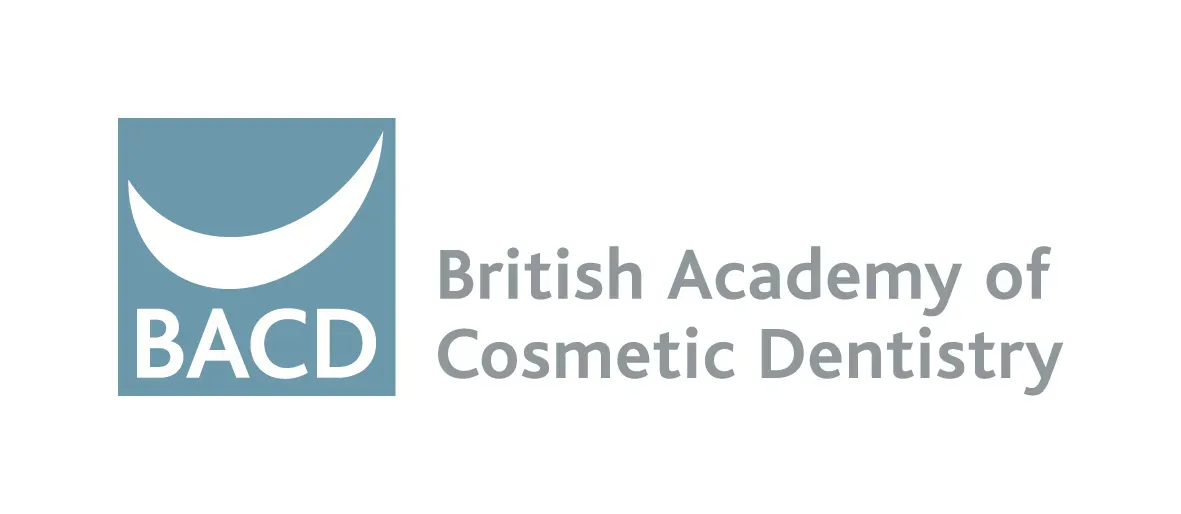


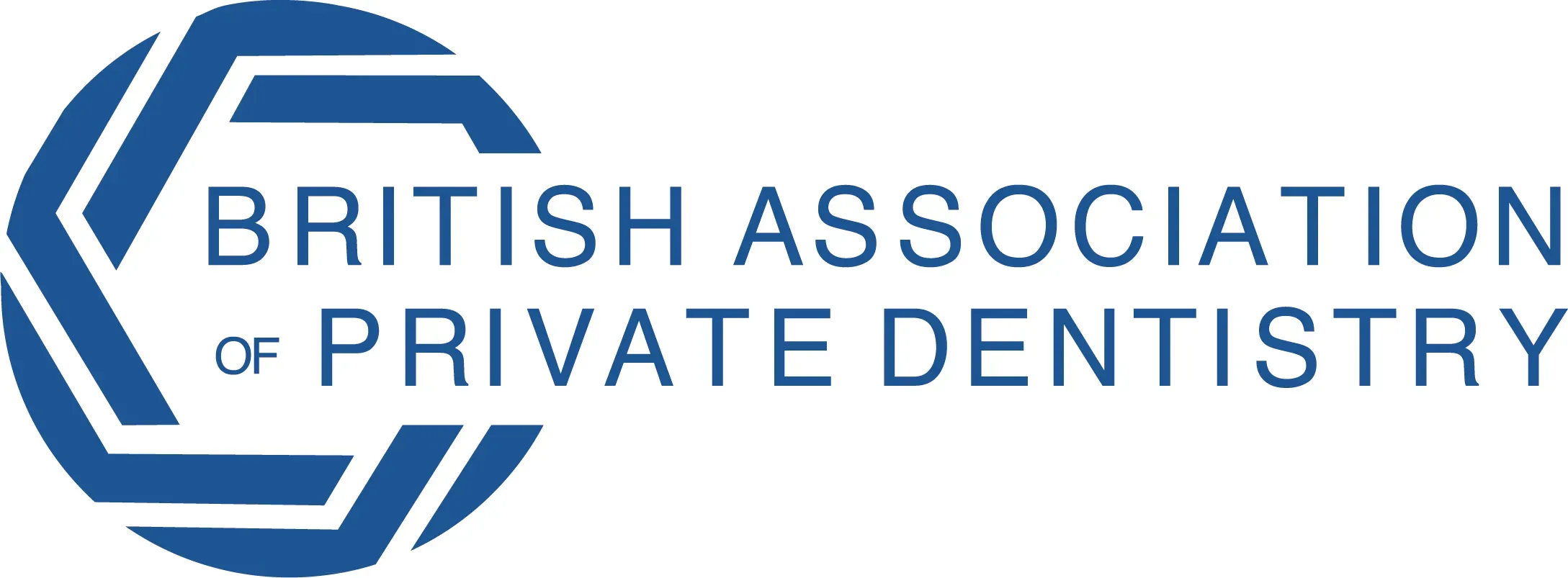
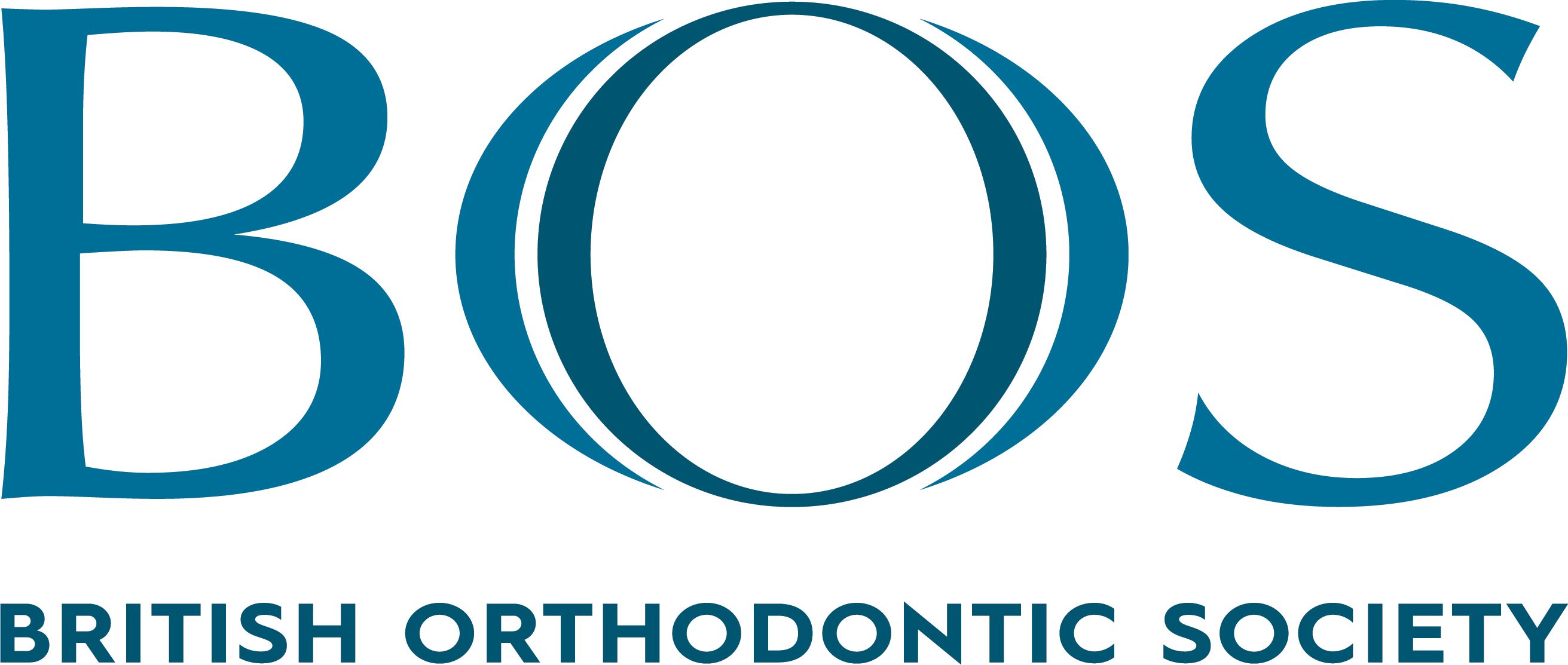
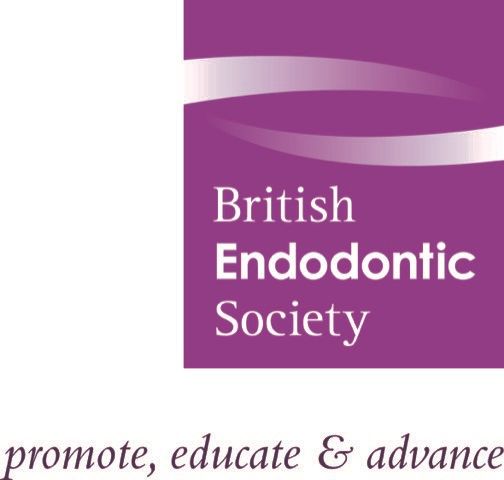



.png)

